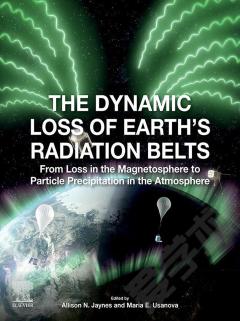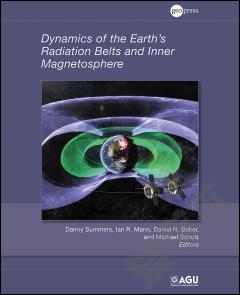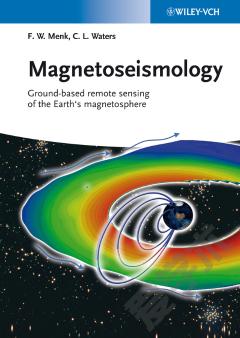The Dynamic Loss of Earth's Radiation Belts —— From Loss in the Magnetosphere to Particle Precipitation in the Atmosphere
----- 地球辐射带的动态损失:从磁层的损失到大气中的粒子沉淀
The Dynamic Loss of Earth's Radiation Belts: From Loss in the Magnetosphere to Particle Precipitation in the Atmosphere presents a timely review of data from various explorative missions, including the Van Allen Probes, the Magnetospheric Multiscale Mission (which aims to determine magnetopause losses), the completion of four BARREL balloon campaigns, and several CubeSat missions focusing on precipitation losses. This is the first book in the area to include a focus on loss, and not just acceleration and radial transport. Bringing together two communities, the book includes contributions from experts with knowledge in both precipitation mechanisms and the effects on the atmosphere. There is a direct link between what gets lost in the magnetospheric radiation environment and the energy deposited in the layers of our atmosphere. Very recently, NASA Living With a Star program identified a new, targeted research topic that addresses this question, highlighting the timeliness of this precise science. The Dynamic Loss of Earth's Radiation Belts brings together scientists from the space and atmospheric science communities to examine both the causes and effects of particle loss in the magnetosphere.Examines both the causes and effects of particle loss in the magnetosphere from multiple perspectivesPresents interdisciplinary content that bridges the gap, through communication and collaboration, between the magnetospheric and atmospheric communitiesFills a gap in the literature by focusing on loss in the radiation belt, which is especially timely based on data from the Van Allen Probes, the Magnetospheric Multiscale Mission, and other projectsIncludes contributions from various experts in the field that is organized and collated by a clear-and-consistent editorial team
{{comment.content}}








 京公网安备 11010802027623号
京公网安备 11010802027623号